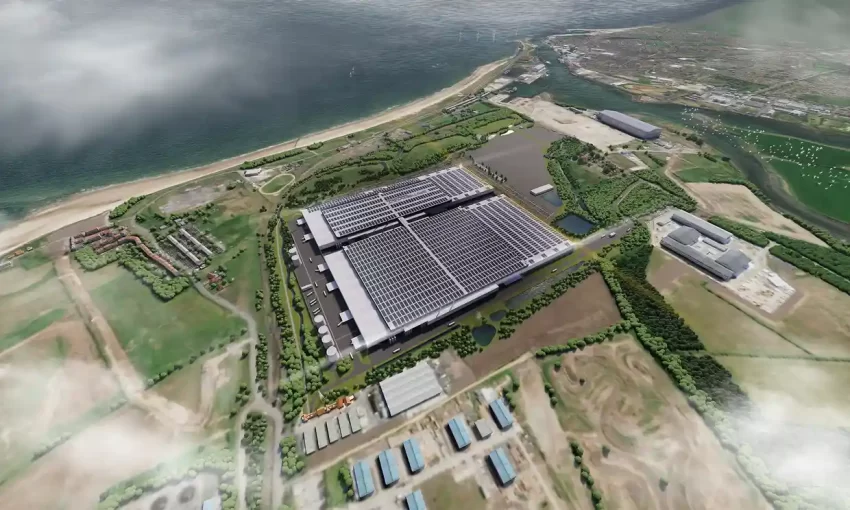If it has not arrived yet, a fierce pricing battle brought on by South Africa’s unending electricity supply crisis is brewing among grocery retailers.
South Africa’s largest retailers are spending millions daily to keep their stores running. They face mounting pressure to recover the additional, and at times unexpected, costs related to growing diesel bills and the ramping up of energy equipment – all of which is escalating the cost of doing business.
In its latest trading update, retailer Pick n Pay lamented confronting a “permanent new reality” and said it spent nearly R350 million in the 10 months to 25 December 2022 on diesel, to keep its stores operational during load shedding.
Similarly, its closest rival and Africa’s largest retailer Shoprite, said it had to cough up an additional R560 million for diesel to operate generators across its South African stores for the six months ended 1 January 2023.
Read:
Shoprite staring down a R1bn-plus annual diesel bill
Pick n Pay spends nearly R350m on diesel in 10 months
For Syd Vianello, an independent retail analyst, there is no chance that retailers will not pass on the cost pressures to the consumer.
“The costs will be passed on to the consumer … probably not initially, it’s a slow process. But you [can] bet your bottom dollar … they [retailers] will quietly and slowly raise their margins so that within a year from today, it will be embedded in extra margin and higher prices,” Vianello tells Moneyweb.
Retailers have already reacted to the pressures, with Pick n Pay reporting 10% internal inflation, while Shoprite said its price inflation measures 9.4%. Upmarket retailer Woolworths in its trading statement for the 26 weeks ended 25 December 2022, said it has passed on a 6.8% increase in selling prices to its shoppers.
While all retailers are under pressure to pass on additional costs to consumers, they will not be able to do so fully, as they are already operating in an environment with sticky inflation, says Casparus Treurnicht, research analyst and portfolio manager at Gryphon Asset Management.
“The consumer at the end of the day is going to basically pick up the tab for this … and the consumer can’t.
“[If] there was no inflation, and not to the extent we’ve seen, then they [the retailers] would have been in a better position to pass those costs on. At this point in time, consumer disposable incomes are under a lot of pressure, predominantly because of inflationary pressures,” says Treurnicht.
As in every battle, there are those who will naturally be able to fight harder.
Shoprite, because of the size of its turnover, has the advantage of being able to recover its additional spend against the impacts of load shedding more easily than Pick n Pay, while Woolworths stands to lose customers as they trade down.
“Pick n Pay has a greater urgency to recover the extra cost than Shoprite has, and that of course gives Shoprite a pricing advantage,” says Vianello.
He adds that Shoprite has the advantage of marketing itself as the cheaper brand, with fierce price competitiveness helping it lure in more shoppers.
“Pick n Pay is the weakest link in [this scenario],” says Vianello.
“Very simply, for Shoprite to recover the extra cost across its total turnover base, the percentage of extra margin that they would require is far less than what Pick n Pay will have to recover, because Pick n Pay’s turnover is lower.”
Read:
Treurnicht says Shoprite continues to grab market share from its competitors, while Pick n Pay’s food division has performed “worse” than Woolies food.
For Woolworths, load shedding is a greater pain point for its fresh food division in particular, which the retailer says has led to “foregone sales, and increased waste”.
Read: Woolworths shares touch 52-week high on profit forecast
“Woolworths is dealing with selling a lot more fresh and chilled and frozen [food] than any of the other retailers,” says Vianello. “Their costs will have increased even more. They have to raise prices, but they have a different advantage because the vast majority of what they sell is private label.”
Treurnicht says in the current inflationary environment, Woolies simply cannot thrive.
“They are going for the higher LSM customer, [and] people are trading down to Pick n Pay and Shoprite. But I think this just shows us once again that Shoprite is way ahead of everybody else.”
Read: An energy crisis is seeping into SA’s food supply




